Bodhi Tree and the Mahabodhi Temple – Holiest of shrines for the Buddhists
The Mahabodhi temple is located in the center of Bodh Gaya in Bihar. It is here where Lord Buddha attained enlightenment under the Bodhi tree. As a matter of fact Buddha spent a period of seven weeks here. This temple is one of the earliest forms of brick temples in India. Built 180 feet high, this temple has four identical towers at the corners.
Buddhists consider the following sites holy as its associated with Buddha’s life:
- Lumbini: Buddha was born here. Lumbini is in present day Nepal
- Bodh Gaya: Buddha attained nirvana here under the Bodhi (peepul) tree. Bodh Gaya is in Bihar.
- Sarnath: Buddha gave his first sermon here. Sarnath is in the state of Uttar Pradesh.
- Kushinagara: Buddha left this world and attained nirvana after death. Kushinagara is in the state of Uttar Pradesh
Amongst the above holy sites, the Buddhists consider Bodh Gaya to be the most important and holiest. Consequently in 2002 UNESCO recognized the Mahabodhi temple as a heritage site.
Mahabodhi Temple:
Mahabodhi temple and Ashoka connection:
Emperor Ashoka in the 3rd century built the earliest form of monastery and shrine here. They however don’t exist today. The only thing that remains is a stone slab depicting the place where Buddha sat under the Bodhi tree and attained nirvana 200 years earlier. This stone slab is known as ‘Vajrasana’ meaning ‘Diamond Throne’. The archaeologists discovered this stone slab as a consequence of the temple restoration program.

Temple History:
Built on the site of the previous temple, the current temple dates back to the 7th century AD. The current Bodhi tree is however not the original tree under which Buddha attained enlightenment. In fact the temple and surroundings including parts of the Mahabodhi tree were destroyed by the rampaging Delhi Sultanate in the 11th century. Thus this temple lay largely neglected and in ruins for a period of time.
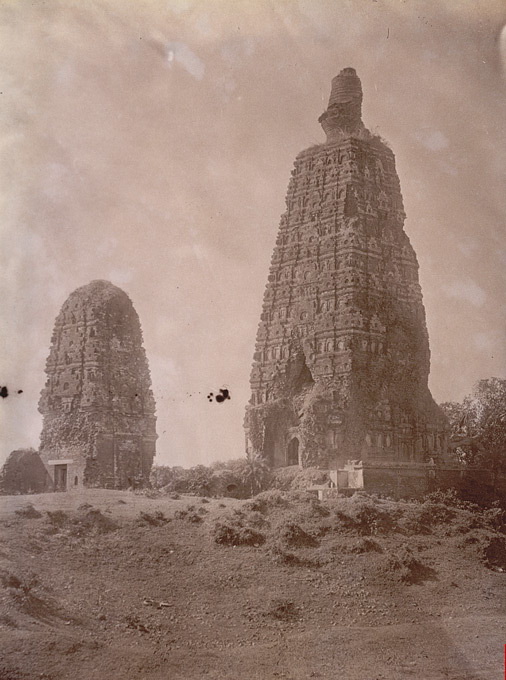
Temple restoration:
The Burmese conducted extensive restoration of the temple in the 11th century. No one knows why this temple of such religious significance was forgotten for the next six centuries!
Rediscovered by the British in the 19th century, the temple was in a dilapidated state. Its brick walls had withered over time. Gone were sections of stucco of the gateway tower. And large number of bricks from sections missing. Likewise the Bodhi tree had considerably aged and weakened over time.
The British restored the temple in 1880. Despite which the locals didn’t appreciate their work. As a part of the temple restoration, Alexander Cunningham planted the Bodhi tree. Considered to be the fifth succession of the original, this Bodhi tree lies behind the Mahabodhi temple. Buddha meditated under the tree facing the east direction. Built facing east along the same line is the grand Mahabodhi temple.
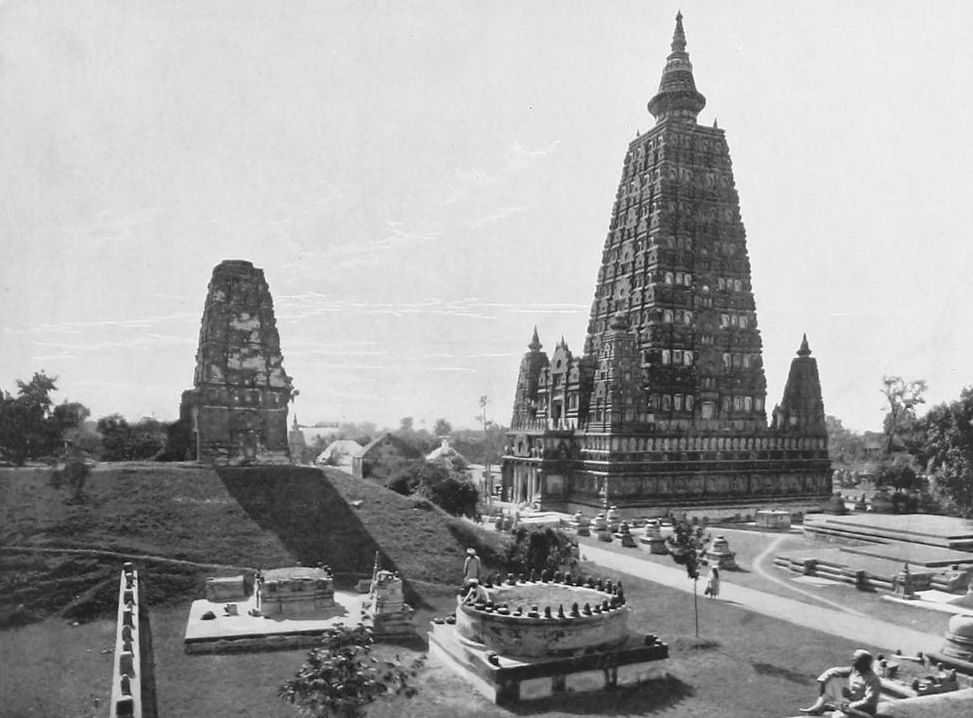
Places of significance at the Mahabodhi temple:
In addition to the main shrine which houses the gold plated statue of Buddha (made of black stone built by the Pala Kings of Bengal), following are the other places of significance at the temple complex:
- Bodhi tree (peepul tree) is where Buddha spent the first week
- Raised prayer hall is where Buddha spent the second week
- Ratnachakrama (Jewel Walk) is where Buddha spent the third week walking back and forth
- Ratnaghar Chaitya is where Buddha spent the fourth week
- Ajapala Nigrodh tree is where Buddha spent the fifth week
- The area beside the lotus pond is where Buddha spent the sixth week
- Rajyatana tree is where Buddha spent the seventh week
Places close by to Bodh Gaya:
Some of the places which are worth visiting when visiting Bodh Gaya are:
- Archaeological Museum: Located close to the Mahabodhi temple, this museum has a great collection of sculptures and artifacts dating back to the first century.
- Gridhakuta: Located 75 kms from Bodh Gaya is Gridhakuta. Known as Vulture Peak, this town is located in the town of Rajgir. This is where Buddha gave many discourses.
- Venuvana: Located at about 70 kms, Venuvana is located in the town of Rajgir. Emperor Venuvana created a sanctuary for Lord Buddha. Venuvana is home to Buddhist first monastery.
- Nalanda University: Located 86 kms away is the ancient university of Nalanda which existed between the 5th and 13th centuries.
- Barabar Caves: The oldest rock cut temples in India are located here. Dating back to the Mauryan era, the Barabar caves bear inscriptions of emperor Ashoka.
To conclude, the holy city of Bodh Gaya is a must visit if you are visiting the state of Bihar.
Best time to visit Bodh Gaya
The best time to visit Bodh Gaya is from October to March because the summers are harsh.
How to reach Bodh Gaya?
By Air:
Gaya International Airport is the nearest airport. The Mahabodhi temple is 10.6 km away from the airport.
By Rail:
Gaya Junction is the nearest railway station. The Mahabodhi temple is 20 km away from the railway station.
By Road:
Gaya Bus stand is the nearest bus station. The Mahabodhi temple is about 16 kms from the bus station.
For more such spiritual experiences in India, take a look at the article covering the spiritual tour of India. And if history is your interest, check out some of the historical places to visit in India.
In case you are keen on traveling to Bodh Gaya, you could take a look at the Buddhist Trail itinerary and cover the Mahabodhi Temple and more as a part of this itinerary.
India is not just about spirituality. There are many more facets to this ancient land – culture, mystery, history, nature, wildlife and so on. Check out the many trips to India covering the different facets of India travel.
For more such off-the-beaten track sights in India and the rest of the World, visit Beyonder Travel.

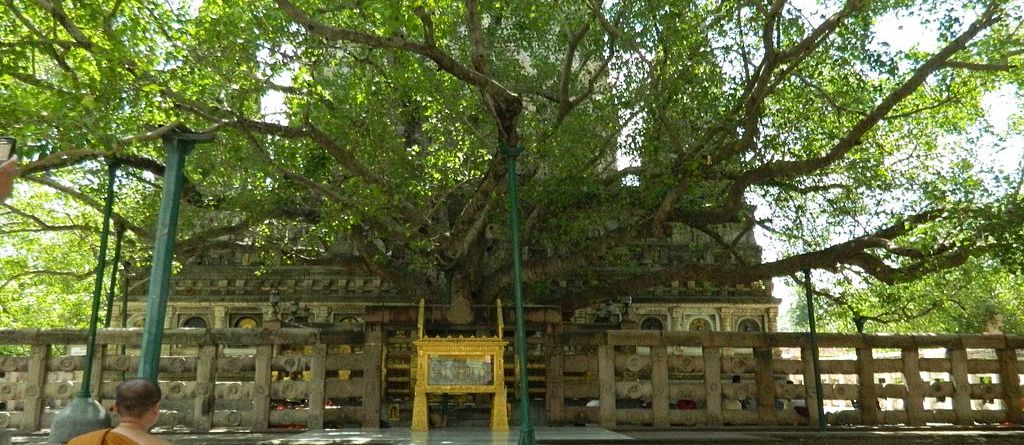


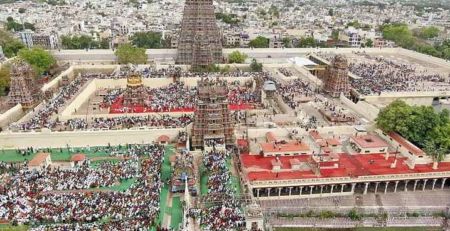
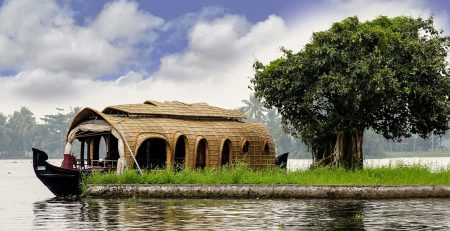
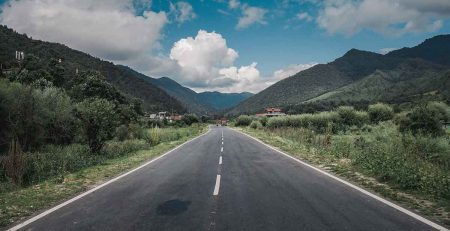


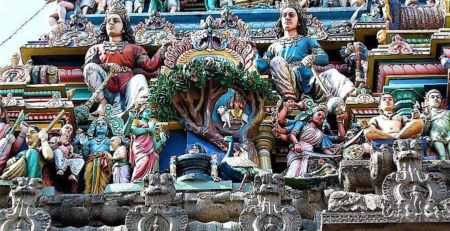
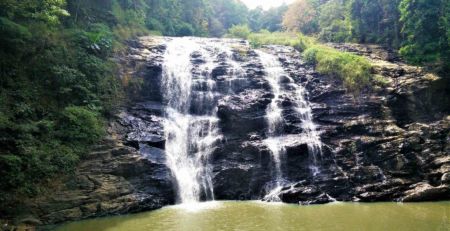

Leave a Reply